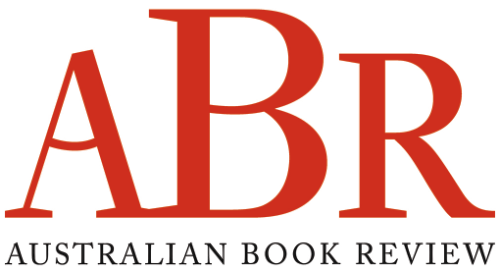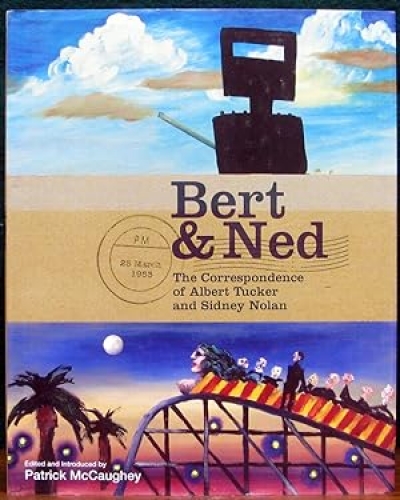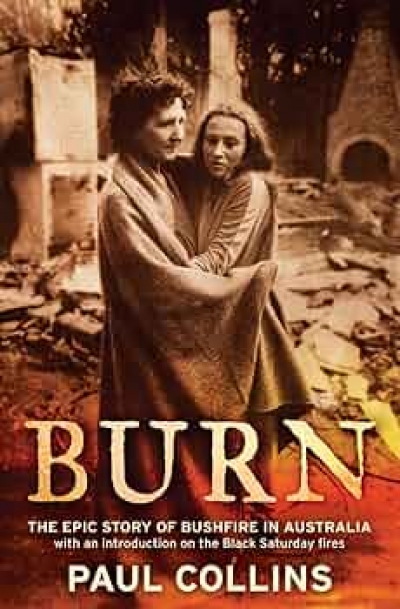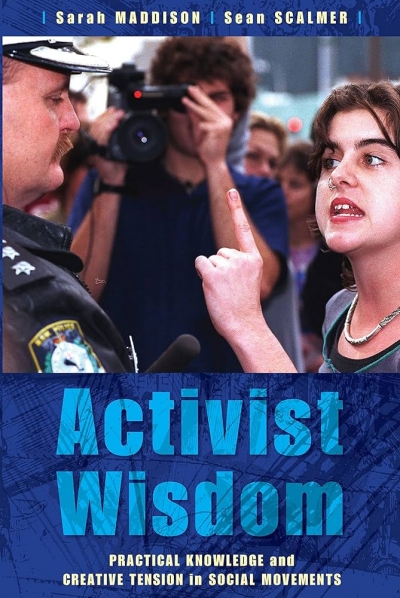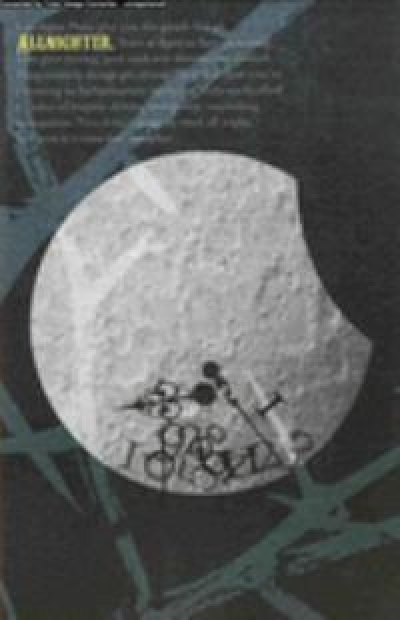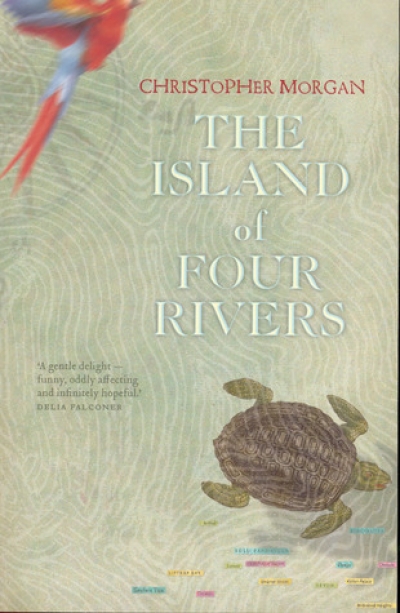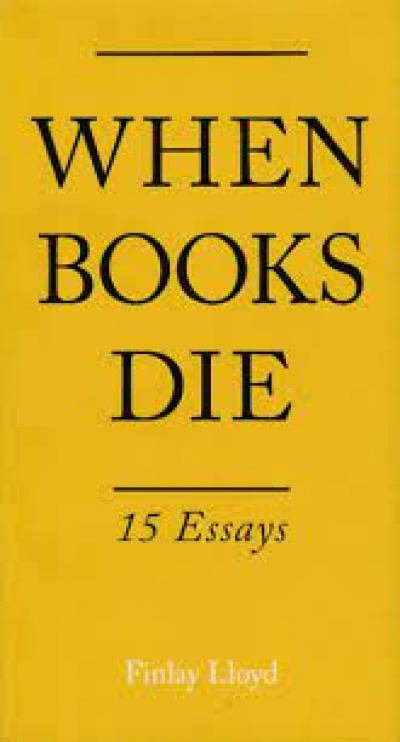Accessibility Tools
- Content scaling 100%
- Font size 100%
- Line height 100%
- Letter spacing 100%
Archive
Those who come after
Nine months ago, in association with the Copyright Agency Limited (CAL), ABR announced the creation of a major new annual essay prize. In doing so we were conscious of the importance of the genre and of ABR’s long commitment to its preservation and promulgation. We set out to attract entries from the widest range of Australian writers (not just celebrated essayists). In order to entice a distinguished field, the Calibre Prize was valued at $10,000.
... (read more)Bert & Ned: The correspondence of Albert Tucker and Sidney Nolan edited by Patrick McCaughey
by Mary Eagle •
Burn: The epic story of bushfire in Australia by Paul Collins
by Tom Griffiths •
Activist Wisdom: Practical Knowledge and Creative Tension in Social Movements by Sarah Maddison and Sean Scalmer
by Jay Thompson •
Emails from the Edge: A journey through troubled times by Ken Haley
by Rebecca Starford •
When Books Die: 15 Essays edited by Finlay Lloyd
by Chris Boyd •
